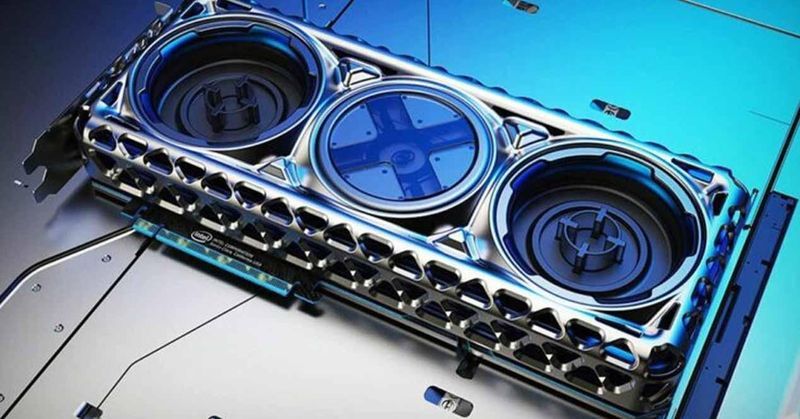The leaks continue, this time on Geekbench, regarding the Intel DG2, the company’s next generation of graphics cards aimed at gaming. These new Intel GPUs are supposed to be competitive with NVIDIA and AMD solutions, at least in the mid-range.
Intel DG2 is seen again under the Geekbench software
The leaked Geekbench benchmark does not clearly mention the Intel DG2 graphics card. Two Gen 12 GPUs were briefly tested in combination with an Intel Alder Lake processor. One of the GPUs has 96 execution units and the other has 256 execution units. Both GPUs are reportedly being tested by various notebook manufacturers who are already working on solutions based on Intel’s new solutions.
Intel’s DG2 has a total of 96 Execution Units that operate at a maximum frequency of 1.2 GHz. On the other hand, we have a variant of this GPU with 256 execution units at a maximum clock of 1.4GHz. The amount of VRAM memory integrated into these graphics cards is not exactly known due to the use of Geekbench OpenCL. According to the specifications, the DG2 96EU has 1.5GB of memory and the DG2 256E has 6.22GB of memory.
It is interesting to note that the second of the two GPUs is recognized as a “Gen2 desktop graphics controller”. We should note that the tested GPUs are combined with Intel Alder Lake processors, which have a BGA1744 socket intended for notebooks.
These GPUs were tested with an Intel Alder Lake P processor (possibly), which would be a development sample. The processor has a base frequency of 797MHz and a boost frequency of 3,989MHz, suggesting that it is a development sample. It is also possible that this is a final processor and the low frequency comes from the high-efficiency cores.
In terms of performance, the DG2 256EU scores 18,450 points, which is the same as the NVIDIA GTX 1050. The DG 96EU scores 6,516 points, which would be equivalent to the NVIDIA GTX 460. These are not very relevant data, but we are talking about entry-level solutions for gaming notebooks.
Of course, the performance data is far from NVIDIA and AMD solutions for now. We should keep in mind that Intel has a very limited (and rather negative) background in the graphics card market. Intel Larrabee was a disaster and the iGPUs of the processors up to the 10th generation were not exactly good. Raja Koduri is working to change that and the first solutions with his signature point in the right direction.
Intel Xe is still the company’s first step to be present in a market it doesn’t have. But we should be happy about Intel’s entry into the graphics card market, because of the more competition, the better the prices. I wish they already had solutions on the market, at a time when the market has a great shortage of graphics cards.
